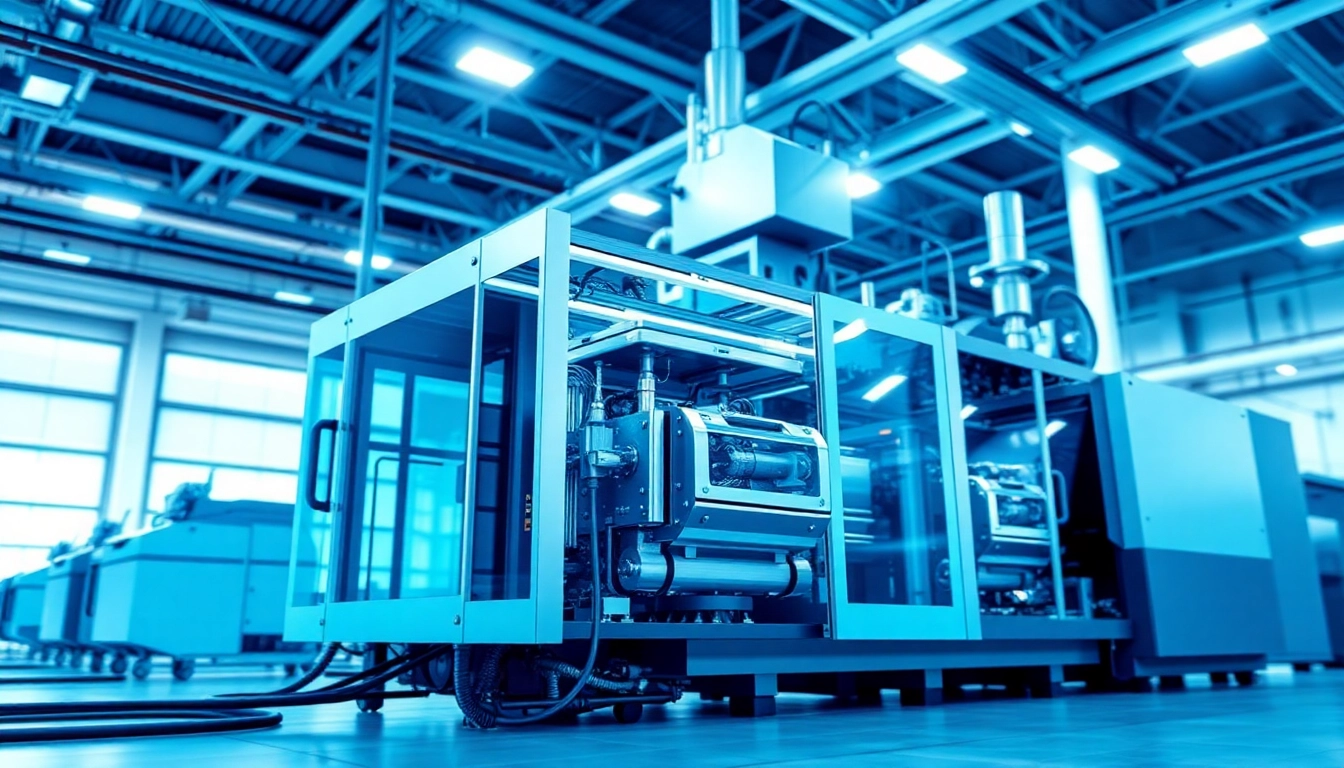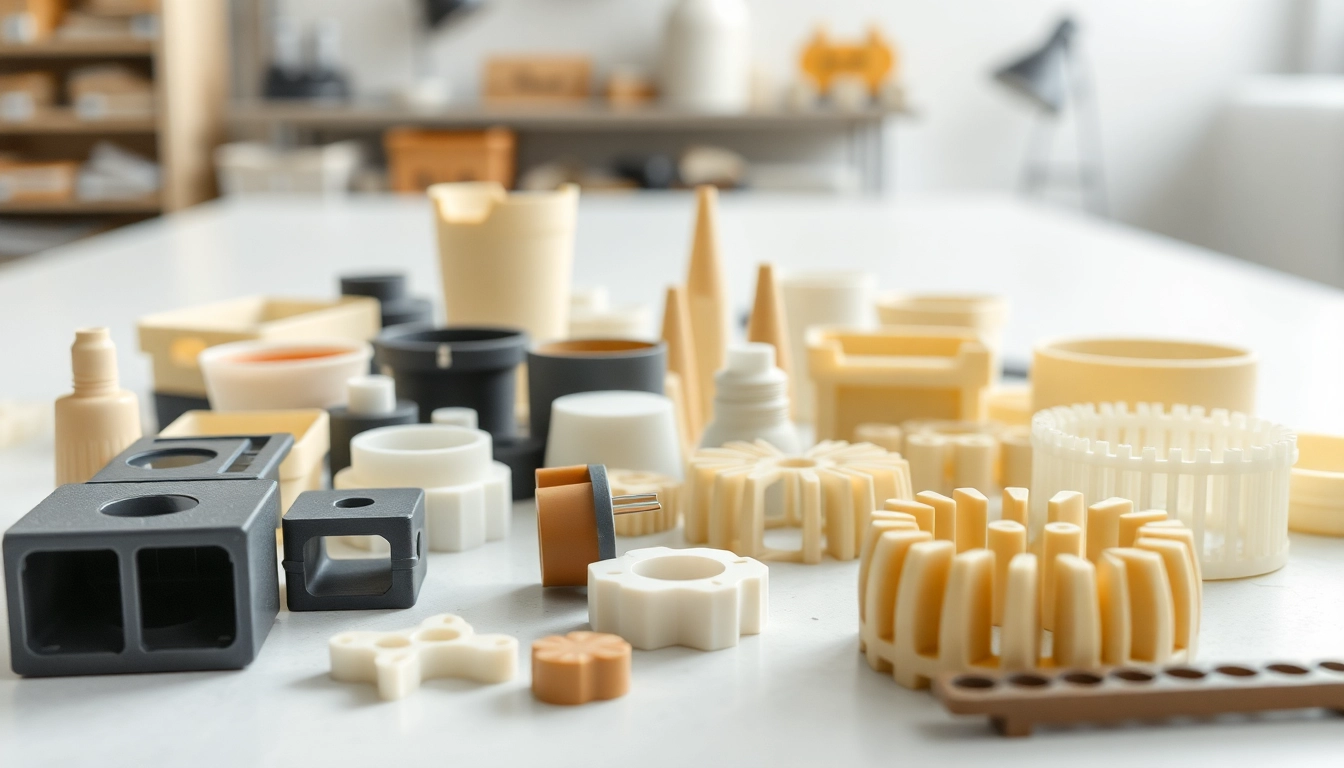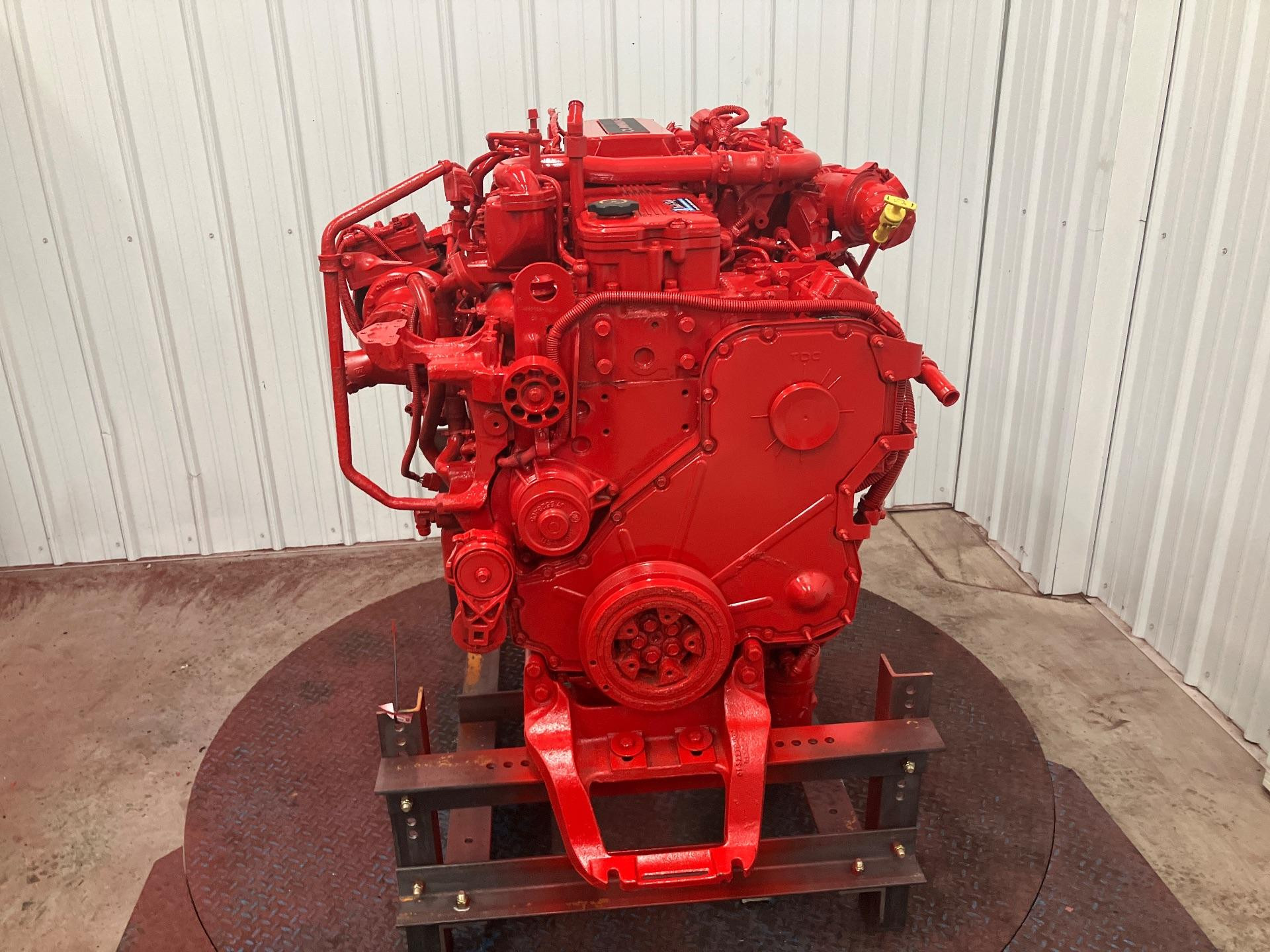Understanding Injection Molding Prototypes
What Are Injection Molding Prototypes?
Injection molding prototypes are essential tools in the product development process, serving as preliminary models used to test designs and functionality before moving to full-scale production. This technique enables manufacturers to create precise replicas of parts that mimic the final product, which is crucial for evaluating form, fit, and function. The process involves using a mold to inject heated plastic into a cavity where it cools and solidifies. This method is known for its speed and efficiency, making it an attractive option for companies aiming to refine their designs rapidly. By utilizing injection molding prototypes, businesses can validate their concepts, allowing for adjustments before significant investments in production tools. In short, these prototypes serve as a bridge between conceptual design and mass production, significantly reducing risks associated with product launches.
Benefits of Using Injection Molding Prototypes
Injection molding prototypes offer several key benefits that can streamline the product development process:
- Cost Efficiency: Creating prototypes allows for earlier detection of design flaws, reducing costly revisions later in the production process.
- Realistic Testing: Prototypes made through injection molding are functionally similar to the final product, permitting accurate testing for usability and durability.
- Speed of Production: The rapid production capabilities of injection molding speed up the time to market, allowing companies to capitalize on their ideas quicker than competitors.
- Versatility: Injection molding can accommodate a wide range of materials, which means prototypes can be made from the same materials intended for mass production.
- High Precision: The injection molding process supports tight tolerances, ensuring that prototypes accurately represent the intended final design.
Applications Across Industries
Various industries leverage injection molding prototypes to expedite their development processes. Key sectors include:
- Consumer Electronics: Businesses utilize injection molding prototypes to test electronic housings for functionality and aesthetic appeal.
- Automotive: Prototyping is crucial for testing components like dash panels, which require both durability and exact fit.
- Medical Devices: Injection molding prototypes aid in ensuring compliance with tough regulatory standards while providing a platform for functional testing.
- Consumer Goods: Items like kitchenware can be prototyped to test ergonomics and ease of use before full-scale production.
The Injection Molding Process Explained
Step-by-Step Overview of Injection Molding
The injection molding process involves several steps that transform raw plastic into a finished product:
- Designing the Mold: The first step involves creating a detailed design of the mold using CAD (Computer-Aided Design) software. This design will dictate the final product’s shape and features.
- Material Selection: Appropriate materials, typically thermoplastics, are selected based on the final product requirements.
- Mold Creation: Once the design is finalized, the mold is manufactured, usually from steel or aluminum, depending on the expected production volumes.
- Injection Process: Raw plastic in pellet form is fed into an injection molding machine where it is heated and injected into the mold cavity under high pressure.
- Cooling: The injected material cools and solidifies within the mold.
- Demolding: After cooling, the mold opens to eject the finished prototype, now ready for further evaluation.
- Post-Processing: Some prototypes may undergo secondary processes such as trimming, painting, or adding features before testing.
Types of Injection Molding Techniques
There are several techniques used in injection molding, including:
- Standard Injection Molding: The most common method, suited for high volumes with consistent part quality.
- Multi-Shot Molding: Allows for the injection of multiple materials or colors in a single mold, ideal for complex designs.
- Insert Molding: Involves placing a component, such as a metal part, into the mold before injection; useful for creating hybrid products.
- Blow Molding: A variation primarily used for hollow plastic products, such as bottles.
- 3D Printing for Prototyping: Often used for rapid prototyping, especially when testing unique designs that may not warrant full injection molds initially.
Choosing the Right Materials for Prototyping
The selection of materials is crucial to the success of injection molding prototypes. Key considerations include:
- Application Requirements: Understanding the mechanical and thermal properties required for the end-product will aid in selecting the appropriate material.
- Cost: Balancing material costs with performance requirements is essential. Engineering-grade plastics might offer superior durability but at a higher cost.
- Availability: Ensure the chosen material is readily available to avoid delays in the prototyping phase.
- Compatibility: The selected material should be compatible with the injection molding process to ensure consistent quality and performance.
Best Practices for Successful Prototyping
Design Considerations for Injection Molding Prototypes
Designing for injection molding involves specific considerations to enhance manufacturability. Key guidelines include:
- Draft Angles: Incorporating draft angles allows for easier removal of parts from molds.
- Wall Thickness: Maintaining uniform wall thickness prevents issues like warping or weak points in the final product.
- Feature Sizes: Avoiding overly intricate features can enhance the mold’s longevity and reduce costs.
- Tolerances: Defining acceptable tolerances is essential for ensuring the functionality and assembly of the prototype.
Common Pitfalls and How to Avoid Them
Even experienced designers can fall into common traps when creating prototypes, including:
- Ignoring Draft Angles: Failing to account for draft angles often results in difficulty demolding parts, leading to potential damage.
- Overly Complex Designs: Complicated designs can cause increased costs and production time; strive for simplicity where possible.
- Inadequate Material Selection: Choosing the wrong material can lead to prototypes that do not perform under real-world conditions.
- Underestimating Costs: It’s essential to accurately account for all expenses involved in the prototyping phase to avoid budget overruns.
Optimizing Cost and Time in Production
Efficient use of resources in the injection molding process can save money and time significantly:
- Rapid Prototyping Technologies: Adopting technologies such as additive manufacturing can speed up the initial design phase.
- Streamlined Communication: Maintain a close line of communication with mold makers to ensure alignment on specifications and timelines.
- Iterative Testing: Conducting iterative tests with prototypes allows for continuous feedback and improvements, establishing an agile development process.
- Volume Considerations: Balancing production volume and prototype needs can lead to better material procurement and cost efficiencies.
Case Studies: Successful Injection Molding Prototype Projects
Real-World Applications in Consumer Products
There are numerous cases where companies have successfully utilized injection molding prototypes to innovate in consumer products:
Case Study 1: A leading kitchenware brand developed a new ergonomic spatula. Using injection molding prototypes allowed the design team to test different size and shape variations quickly, leading to a final product that improved user comfort and performance.
Case Study 2: An electronics manufacturer prototyped the housing of a new handheld device. By creating several iterations with different materials through injection molding, they discovered the optimal material that provided both durability and aesthetic appeal, reducing time to market by two months.
Innovations in Injection Molding Techniques
Innovation in injection molding continues to evolve. The introduction of 3D printing technology to create molds has decreased lead times and costs associated with traditional mold creation. Furthermore, advancements in software for virtual prototyping enable design validation before physical prototypes are made, reducing material waste significantly.
Analyzing Performance Metrics
Performance metrics play a critical role in assessing the success of injection molding prototypes. Important metrics to analyze include:
- Time to Market: Measuring the time from design initiation to prototype completion helps gauge efficiency.
- Prototype Accuracy: Evaluating how closely prototypes meet design specifications ensures high quality of the final product.
- Cost Analysis: Understanding costs involved in both prototyping and production can inform future budgeting and resource allocation.
- User Testing Feedback: Gathering qualitative data from user tests identifies areas for design improvement, enhancing future iterations.
Future Trends in Injection Molding Prototyping
The Impact of Technology on Prototyping
The future of injection molding prototyping will be heavily influenced by technology advancements. Smart manufacturing technologies, including IoT (Internet of Things) and AI (Artificial Intelligence), will enhance design processes and mold performance through real-time monitoring and predictive analytics. Furthermore, increased use of simulation software will allow for better design verification, leading to time savings and cost efficiencies in the prototyping phase.
Sustainability in Injection Molding Practices
As companies increasingly focus on sustainability, injection molding practices are evolving to become more environmentally friendly. This includes the adoption of bio-based plastics and recycled materials in prototypes, alongside improvements in energy efficiency during the molding process. Developing sustainable practices not only appeals to environmentally-conscious consumers but also can lead to significant cost savings over time.
The Role of Automation in Future Prototypes
Automation is set to revolutionize the injection molding industry. With robotics playing a more prominent role in the prototyping stage, companies can expect decreased labor costs and increased production speed. Automated quality checks can also lead to higher accuracy and precision in produced parts, minimizing human error.



